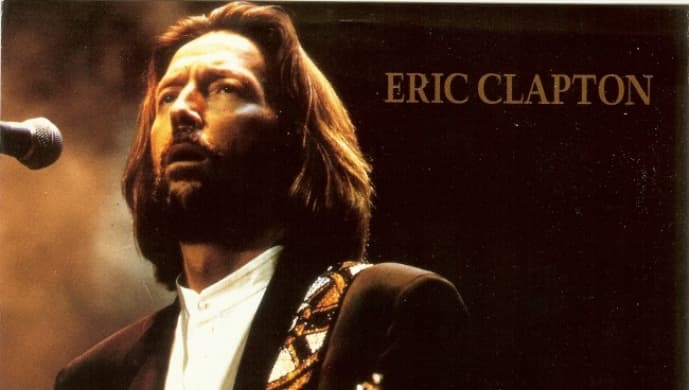
A Hypnotic Groove, a Dangerous Whisper: When a Guitar Master Crafted a Cautionary Tale in a Three-Chord Spell.
“Cocaine,” a track that, while ostensibly a cover, became a chilling cultural touchstone, a stark exploration of addiction’s seductive grip, stands as a testament to the power of a song to transcend its musical form and become a stark, cautionary narrative. This 1977 single, culled from his album “Slowhand,” reached number 30 on the Billboard Hot 100. But its true significance lies not in its chart performance, but in its ability to burrow into the collective consciousness, a dark, rhythmic mantra echoing the allure and the peril of substance abuse. It’s a song that, in its deceptively simple structure, grapples with the insidious dance of temptation, the allure of a moment’s euphoria that masks a devastating descent. It’s a song that transforms a three-chord riff into a chilling, almost hypnotic warning.
Imagine the warm, saturated tones of a late 70s recording, the electric guitar a coiled serpent, weaving a melody that is both alluring and unsettling. Eric Clapton, a figure already steeped in the blues’ raw honesty, delivers a vocal performance that is less a celebration and more a detached observation, a clinical recitation of a dangerous truth. He takes J.J. Cale’s original composition and, with his signature guitar work, transforms it into an almost hypnotic groove, a rhythmic pulse that mirrors the addictive cycle it describes. The song, nestled within the context of “Slowhand,” a record that showcased Clapton’s maturity as an artist, became a stark counterpoint to the album’s more mellow, reflective moments. It was a raw, unvarnished glimpse into a world that many preferred to ignore.
The song’s genesis, within the context of Clapton’s own life, carried a particular resonance. He was, by then, a veteran of the music scene, a man who had seen the dark underbelly of rock and roll’s excesses. He understood the seductive power of escape, and he understood the devastating consequences. “Cocaine” was not a glorification; it was a stark, almost clinical examination, a musical autopsy of addiction. He wasn’t preaching, he was presenting a truth, a dangerous truth, in a language that the rock audience understood.
For those of us who lived through the late 70s, “Cocaine” was more than just a song; it was a cultural artifact, a reflection of a time when the lines between artistic expression and societal commentary were often blurred. It was a time when the raw honesty of rock and roll could serve as a mirror to the darker aspects of the human experience. Clapton’s rendition, with its hypnotic groove and detached vocals, offered a moment of stark reflection, a sense of shared unease. It was a song that spoke to the deepest anxieties of the era, the growing awareness of the destructive power of addiction.
The song’s enduring power lies in its ability to transform a simple musical structure into a chilling, cautionary tale. It’s a reminder that music can be more than just entertainment; it can be a conduit for social commentary, a raw and honest reflection of the human condition. It’s a song that transcends the boundaries of genre and generation, speaking to the timeless struggle against temptation and the destructive power of addiction. And even today, decades later, Eric Clapton’s “Cocaine” retains its power to unsettle, its hypnotic groove and detached vocals offering a moment of stark reflection, a sense of shared unease. It’s a testament to the power of a three-chord riff to capture the complexities of the human experience, a reminder that sometimes, the most profound messages are delivered in the simplest, most unsettling of forms. It’s a song that serves as a chilling reminder of the seductive power of addiction, a dark whisper that echoes through time.